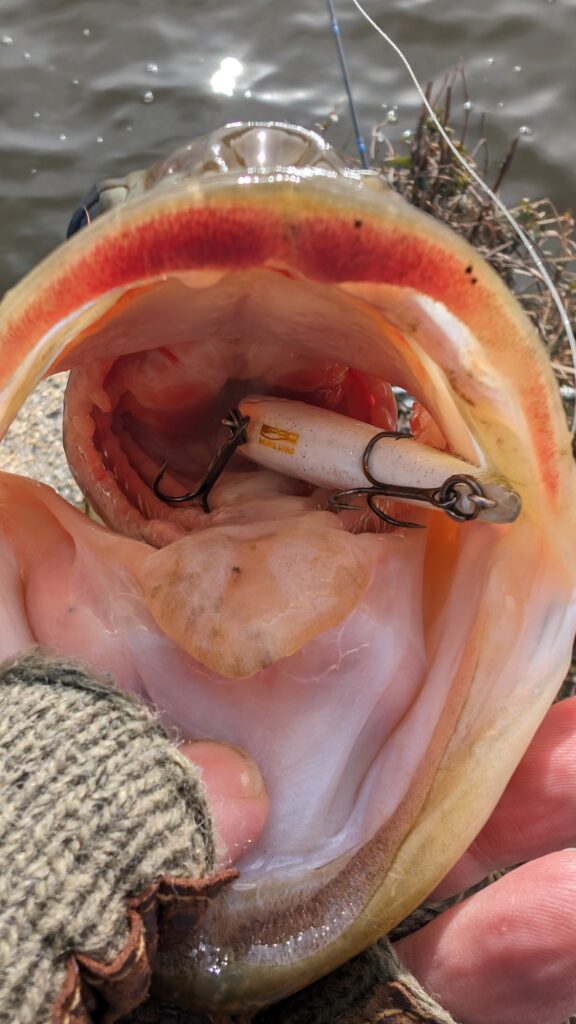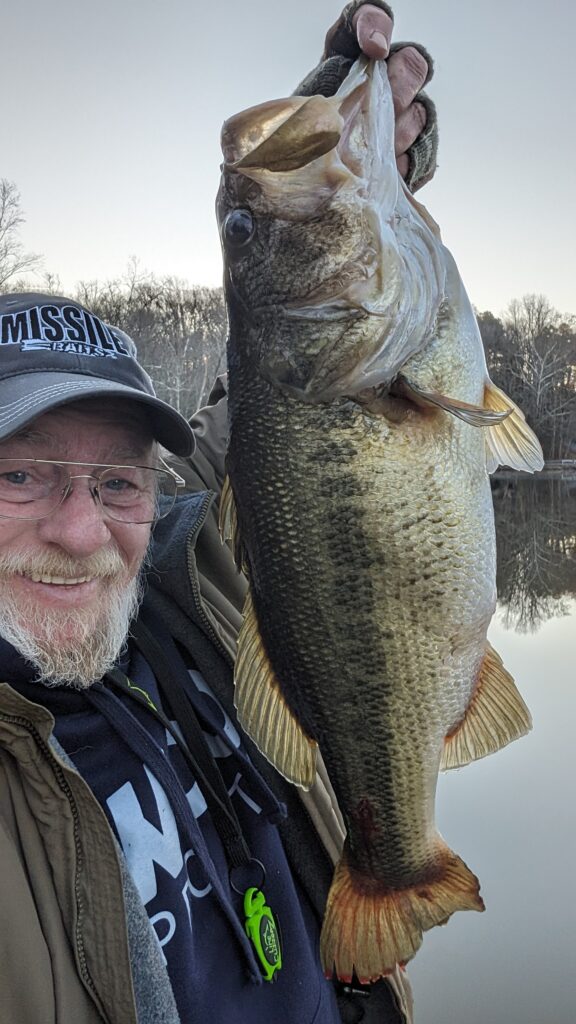Winter Fishing Fishing: The Lipless Crankbait
Old man winter has reared his head and started blowing his cold breath down on us. The nights are down right cold and the days are mighty chilly. Then you add in his constant breath, and the wind chill will cut right through you. Welcome to the new normal. But what do you do when you just want to go fishing?
Dress warmly! You bundle up, plenty of great gear that protects you from the cold, and you go! Just make sure to keep your feet warm. I can handle anything but cold feet. It just makes all of me cold.
And for me, this is the time of the year where I really love to use one bait. Oh, I will mix in others as needed, but one lure just shines for me. I have caught so many big bass with it during the winter, from both the boat and the bank. The lipless crankbait has been one of those baits that has been good to me in the winter.
While there are many that say some earlier baits like the Diamond Wiggler Minnow from the 1900s and the Irish Shad from the 1950s had similar characteristics as the revolutionary early 1960s invention of the Bill Lewis “Rat-L-Trap”, considered the first commerically successful lipless crankbait. But they did not have the same profile or internal rattling mechanism that Bill created in the modern lipless crankbait.
What makes a lipless crankbait so unique is the lack of a bill. Because of this, it allows the bait to swim with a more erratic, side-to-side action. The addition of the internal rattling chambers, which generate noise during the retrieval, further attracts bass. The lipless crankbait revolutionized bass fishing as it allowed for a versatile presentation that allows the bait to be fished near the surface or deeper, depending on retrieve speed and rod action.
Through the years, many different people have made adjustments in the design of the lipless crankbait. The overall shape has changed some and so have the internal rattles. The way the bait falls has changed from maker to maker, but what hasn’t changed is the basic principle and the ability to fish it in so many ways, from shallow to deep.

And while the lipless is considered by some to be a great spring and summer bait, I disagree and say it really shines in the winter. But it isn’t always just throw it out and crank it back in, you have to learn about the bait. You have to understand how it feels coming through the water. And that changes with line type and size in addition to your rod. The speed of the reel also can change things. A high speed reel changes the action and a slower gear ratio will allow you to slow down and really work it. I prefer a 7.1:1 gear ratio which allows me to slow down or burn it back. For me, 10 pound fluorocarbon is the ideal line size. And I prefer a more medium/medium heavy rod with a fast tip. But everyone has a different taste and you really need to find that one rod that becomes an extension of you and the bait. A good cranking rod is all about you.
And you really need to remember that on any given day, one design will outfish all the others. There is no rhyme or reason why one will work better. The color may be almost identical, but the action can change just a little, or the sound will be a little bit different, it is what they want. And it can change during the day. What has been working all morning can change at lunchtime. I’ve seen it happen too many times where the change in maker has triggered the bite to ignite.
Let’s talk about the retrieve and what works. Honestly, there is no secret retrieve. What works this morning may not work this afternoon. I like to work the water column from top to bottom to find where they want it. From the deck of the boat or on the bank, it is all the same. You need to cover 180 degrees of water to find them. The dam area is usually where you will find the deepest water and is a great starting point. Start where you want, but unless you are psychic, you are going to have to make a lot of casts.
Start out working the area with casts, working the bait at the same basic depths with each casts, and work your way to cover all of the water from left to right and then back. I like to really start by casting out in front of me and counting the bait down to the bottom. Once it hits the bottom, I will give a quick lift to the rod to make the bait jump off the bottom and then use a slow steady retrieve to bring the bait back. The closer to the bottom it stays the better. And work the entire 180 degrees in front of you doing this. If you haven’t found them, change up the depth, count down to how far you want to change the depth. If you count to 10 before hitting the bottom, try counting to 7 and give it a jerk to bring it to life and work it back slowly. Continue to do this until you come back near the surface. You may need to make multiple casts to the same location.
If I still haven’t generated a bite, I will change up my retrieve. I will try a yo-yo retrieve. Count it down to the bottom and once it hits, give an upward snap to the rod and then let it flutter down again. Watch your line as it falls to know when it hits bottom. And do it again. Don’t be surprised when the line suddenly moves on the fall, just be ready to reel up the slack and set the hook.
Another way to change up the retrieve it through the reel. As you are reeling back your bait, give it a quick turn of the reel, speeding up your bait. Sometimes just kill the retrieve for a quick second. It is all about finding what will work at that time.
The lipless crankbait is a prime winter bait. It can be worked at a variety of depths without changing anything. It is great over submerged vegetation, down points, along ledges, and anywhere you might think the bass are. Just remember, it isn’t a magic bait, you need to learn each bait and how it works. Go out and have fun, just be ready for some big bass. And don’t believe the hype of bass not being aggressive in the winter. They will try to rip the rod out of your hand!


